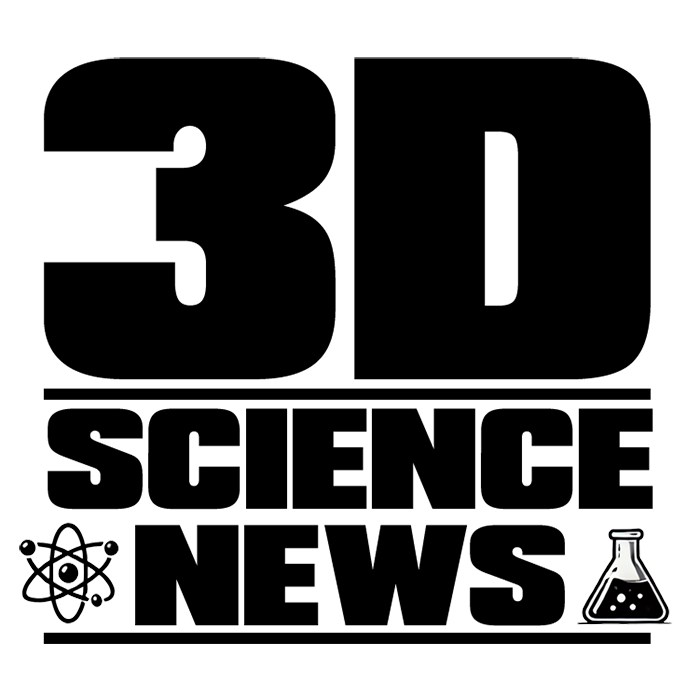Atomic clocks are so precise they can measure time dilation from standing on a chair. But that’s not enough. Scientists at JILA and the Technical University of Vienna are setting their sights on something even more stable: a nuclear clock. Not just any nucleus—thorium-229, a freak of nature with a nuclear transition so low-energy it can be prodded with ultraviolet light instead of gamma rays. If this works, today’s atomic clocks will look like sundials in comparison.
Jun Ye’s lab at JILA isn’t new to this game. Last year, they cracked a milestone: measuring thorium-229’s nuclear transition with quantum-state precision. That experiment got them the cover of *Nature*—the science equivalent of landing on the Billboard Hot 100. Now, they’re ironing out the details: mapping how temperature shifts affect thorium’s nuclear clock potential. Because if you want to build the ultimate timepiece, you need to know exactly how much heat makes it tick (or, ideally, not tick).
The latest findings, published as an *Editor’s Choice* in *Physical Review Letters*, reveal something promising. Turns out, thorium’s transition is relatively indifferent to temperature changes—exactly what you want when designing a clock that won’t drift over the next few billion years. “This is the first step toward characterizing the systematics of the nuclear clock,” says JILA postdoc Jacob Higgins, the lead author. Translation: They’re building the blueprint for the most stable timekeeping device humanity has ever conceived.
Jun Ye sees this going beyond just precision. “A solid-state nuclear clock has the potential to become a robust and portable timing device,” he says. Imagine GPS systems that never need recalibrating or deep-space missions that keep perfect time across galaxies. He’s aiming for a fractional frequency stability of 10⁻¹⁸, meaning this thing would lose less than a second over the entire age of the universe.
The Science of Beating Time
Why a nuclear clock instead of an atomic one? Simple: the nucleus doesn’t care about the noise that messes with atomic clocks. Electrons are flimsy, easily perturbed by magnetic fields and temperature shifts. But the nucleus? It’s locked down, buried deep where the chaos of the outside world barely reaches it. That’s why a nuclear clock could keep ticking under conditions that would throw atomic clocks into disarray.
Thorium-229 is the perfect candidate because it has the lowest-energy nuclear transition ever found—an anomaly in the nuclear world. Most nuclear transitions require gamma rays, but thorium-229’s can be triggered with ultraviolet light. That makes it manageable, at least by the standards of experimental physics.
Instead of trapping thorium ions in a vacuum, Ye’s team is embedding thorium-229 into a calcium fluoride (CaF₂) crystal. This idea, courtesy of their collaborators in Vienna, offers a crucial advantage: more thorium atoms packed into a solid-state structure, meaning a stronger signal and potentially greater stability. If an atomic clock is like a single violin playing a note, a solid-state nuclear clock is an entire orchestra holding that note with perfect harmony.
The Road to a Clock That Never Falters
Of course, physics never makes things easy. Before this clock becomes reality, researchers have to map out every possible disturbance—temperature shifts, electromagnetic interference, quantum effects hiding in the crystal lattice. That’s why this latest study matters: it confirms that temperature effects on thorium’s nuclear transition are minimal.
Next up? Pushing the system even further, refining the control over the nuclear transition, and ensuring no external factor can throw this clock off course. If they succeed, we’re looking at a revolution in timekeeping—one that could redefine everything from navigation to fundamental physics experiments. Time, as we know it, may never be the same again.
Did You Know?
- Thorium-229’s nuclear transition is so low-energy that it was originally predicted, then debated for decades before finally being observed—a real-life Schrödinger’s transition.
- The most accurate atomic clock today, based on ytterbium, would lose only a second over 33 billion years. A nuclear clock could make that look sloppy.
- GPS satellites rely on atomic clocks, and even tiny errors can make positioning drift by meters. A nuclear clock might keep them so precise they’d only be off by a hair—on Mars.





